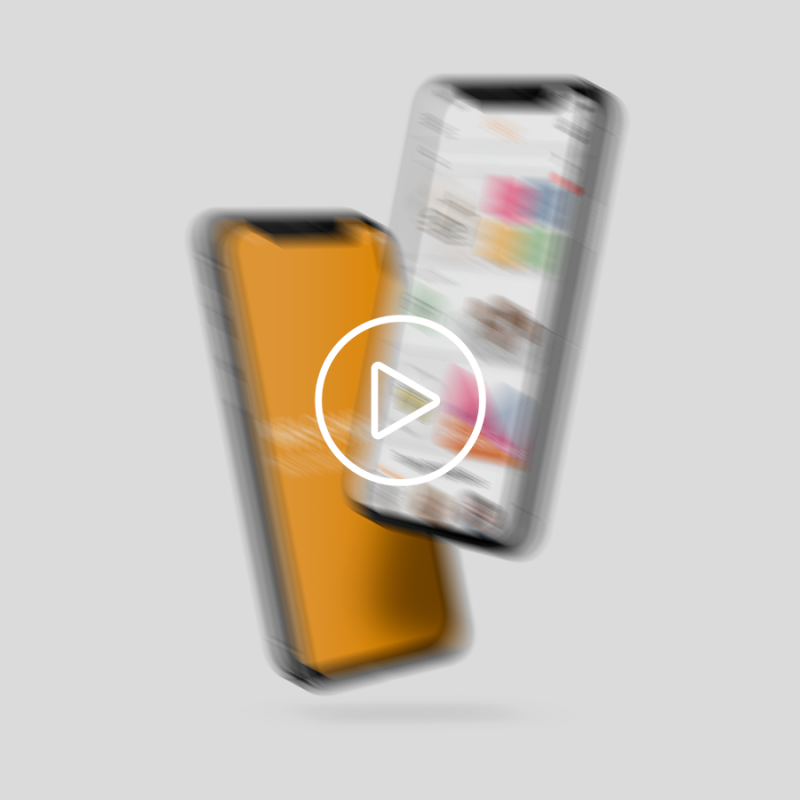Campus App
Interface and interaction design for the HSA gP-Cycle platform web app, in cooperation with the research project of the same name led by Michael Kipp.
A new digital campus app for students at Augsburg University of Applied Sciences. A comprehensive web platform that brings together as many aspects of studying as possible: From SoGO, Moodle, Nextcloud, HIS and INCOM to Webuntis, to tram departure times.
Introduction to the project
The gP-Cycle project is developing an app for students and teachers at the HSA. With various features such as navigation across the campus to the seminar room, an automated individual learning plan or the uncomplicated organisation of learning groups, the app supports the management of everyday university and study life. The promotion of self-determined learning is just as much a focus as the development of social contacts. The newsfeed and various forms of chat are intended to strengthen the community of all university members, but especially among students across disciplines. The app primarily aims to meet the wishes and needs of the students, which is why the exchange of ideas, which is essential for this, comes first.
Our task was the development of the interface and interaction design of the campus app (mobile first) in small teams. We defined the goals and functional scope of the WebApp ourselves in the design thinking workshop and then conducted guided interviews with „stakeholders“. We also developed wireframes, clickdummies and user journeys, as well as CSS. In the end, our results were presented to the gP-Cycle team and the best concept ideas will be implemented. The software used for this was Figma.
Concept
Through the interviews, we were able to determine our personal objective of the desired functions. We decided to focus not only on the basic functions such as timetable, calendar and study overview, but also to deal with the social interaction of the students and to increase the learning motivation in a playful way. Connecting students with each other is a big concern for us, which is why we have tried to expand the Friends function widely and integrate it into many functions.
In order to respond to the creative ideas that resulted from the workshop, we also dealt intensively with the topic of gamification. Functions such as the learning progress, the quiz, but also the job advertisements and the marketplace are intended to motivate students in a playful way to put more time into their courses and to network with each other.
